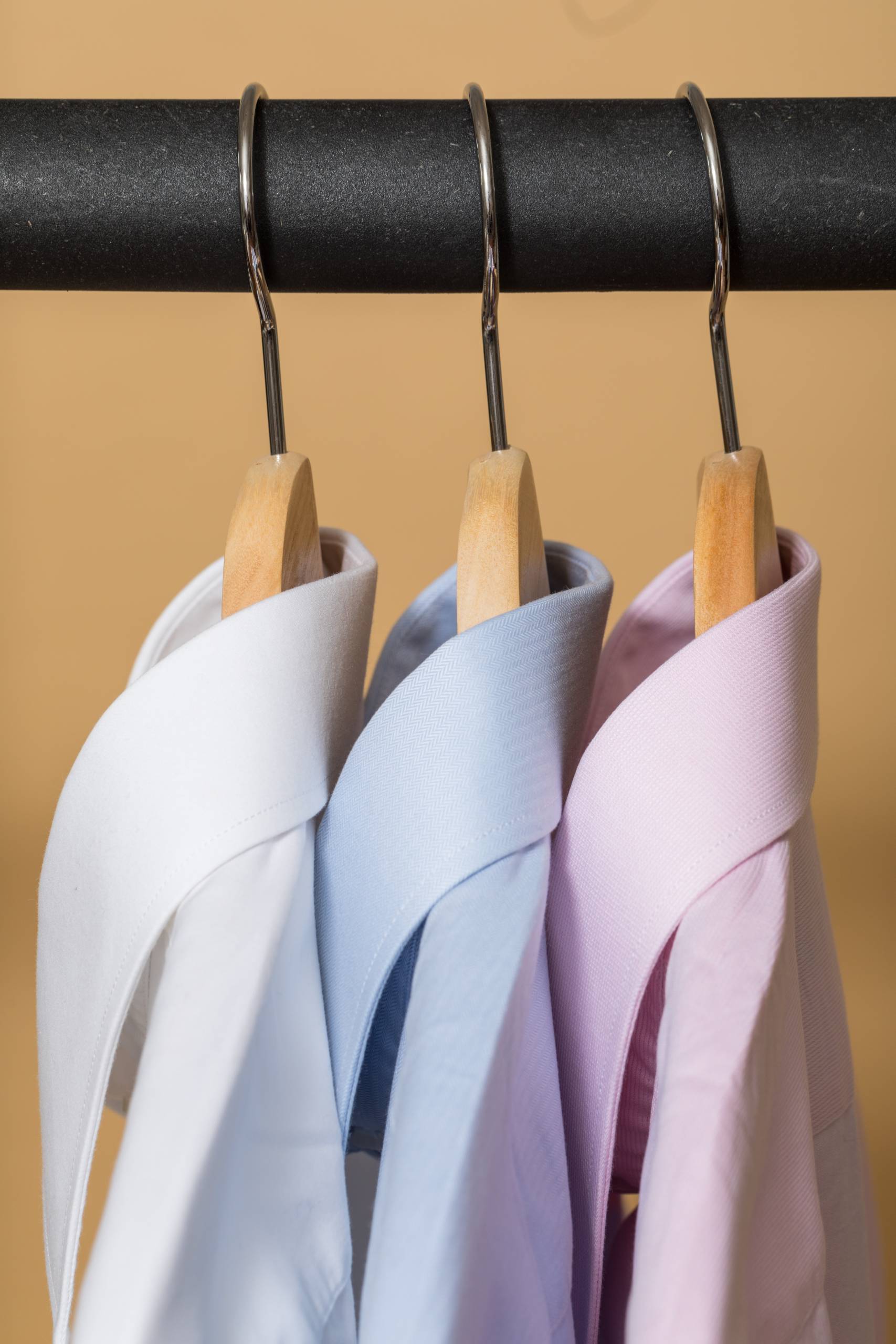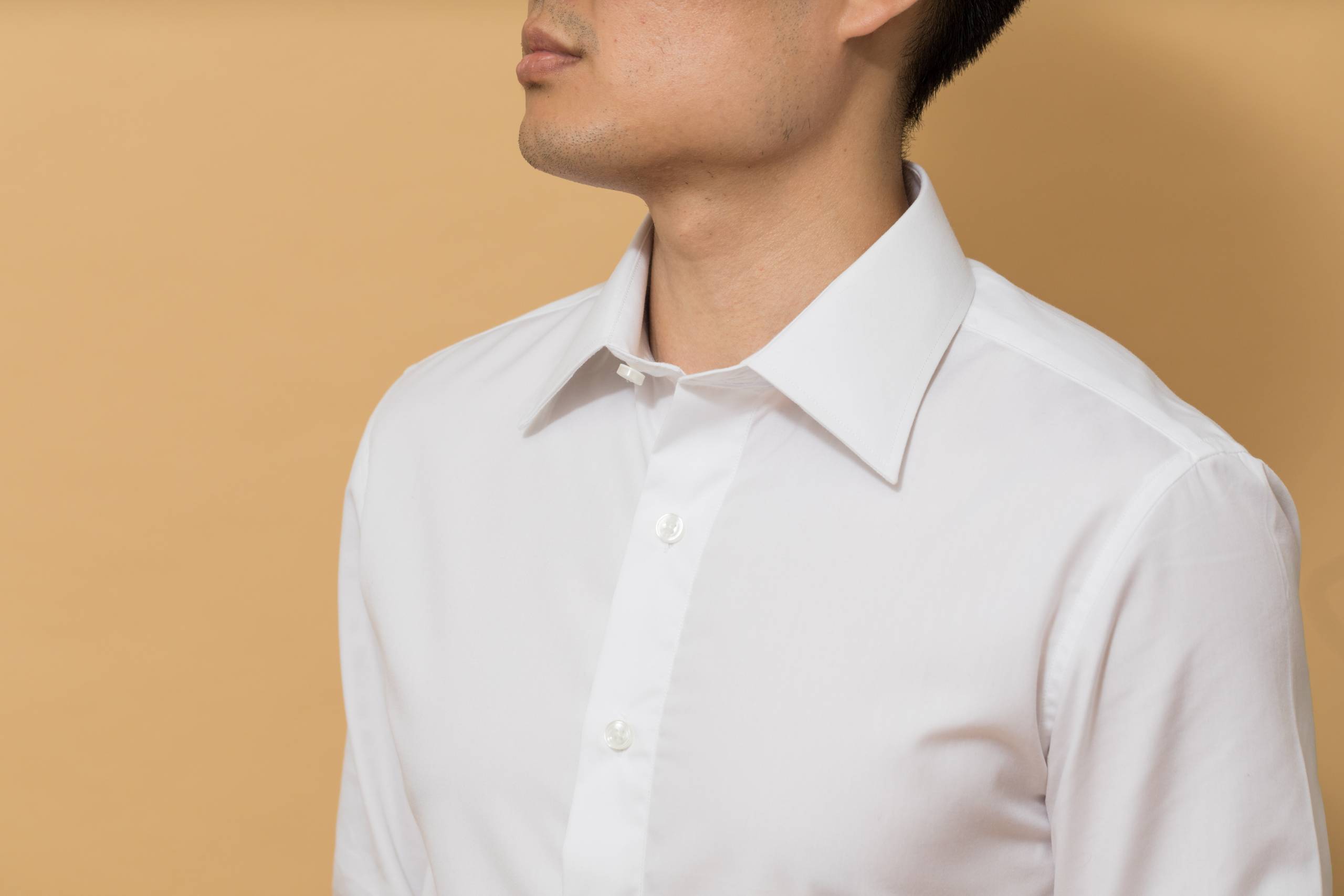Custom made shirts
Can a single and less conspicuous detail completely transform person’s entire look? Definitely yes, if we talk about men’s trousers. Pants- is a kind of business card to any businessman and the whole capability of translating their lifestyle to the environment proportionally depends on self-confidence, individuality, independence, and many other personal qualities of successful people.


Seasonal shirts
In Lapels Bespoke you will find diverse shirt fabrics and patterns from cotton, Poplin, Dobby,
We also offer special shirt fabrics such as Silk, Satin for women that want to add lustrous appeal and have a beautiful sheen to their business outfits.
We provide an individual approach to each client which meets their style and personality in general. We are proud to offer you made to measure high standard trousers which can be crafted by our tailors with huge experiences in both new and old technologies and materials.
Get A Free Appointment With Our Stylist
In your appointment, you will know about
Suit definition (which type of suit you need, wedding, casual, daily use, business, other events)
Which accessories you will need in your wardrobe
Which fabric to go for
